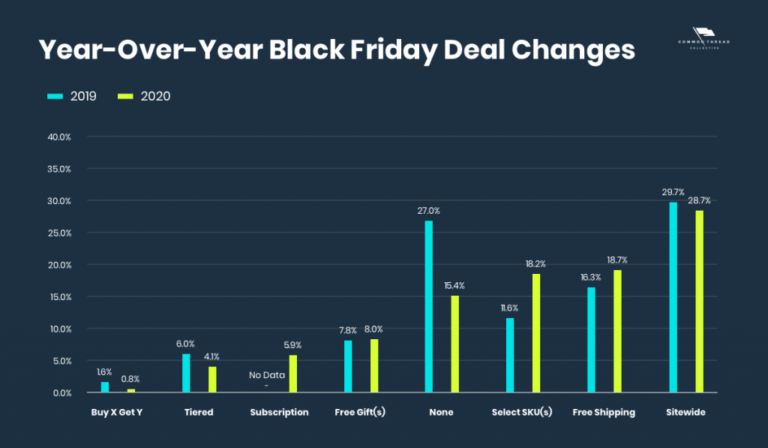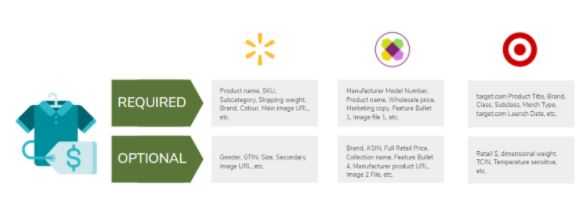Boy, 2020 has been quite a year, hasn’t it? The pandemic has resulted in significant changes on personal and business levels across almost every sector – and eCommerce is no exception. And while the quick and lasting changes and market pivots have most definitely diverted or stopped some trends in their tracks, they have also accelerated many that we knew were coming.
Online shopping is one area that has been accelerated into the future much faster than predicted, and it’s fueling record online competition.
In fact, one recent Shopify study that looked at this expedited growth found that during the height of the COVID-19 pandemic, 10 years’-worth of eCommerce growth happened in just 90 days. Yes, you read correctly: in just 90 days.

Right? If your mind is blown, have a look at the Shopify Plus key finding graphs below, showing this growth in the US and globally.
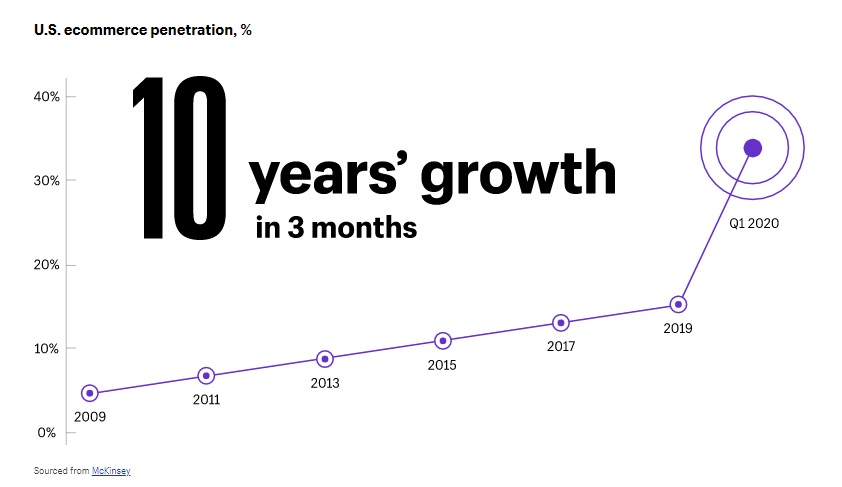
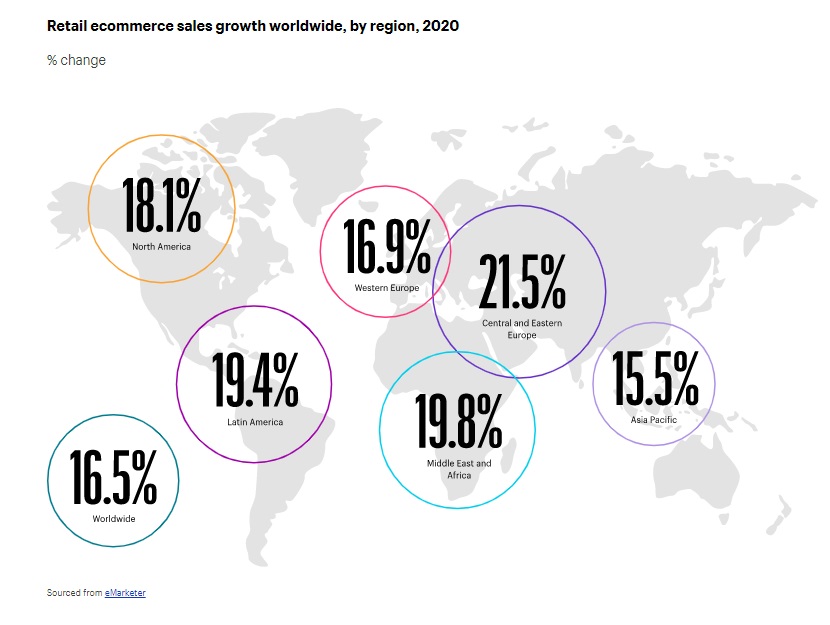
However, with this accelerated growth – which they predict will slow down in 2021 and then pick up again in 2022 – comes record eCommerce competition, which is driving customer acquisition costs. Stores that cannot compete in terms of customer experience will be left behind in a huge way.
Although this study proves what we already know – “the pandemic has amplified the consumer’s desire for convenience and immediacy” – capitalizing on this phenomenon means you need to be jumping onto new eCommerce innovations and trends such as AR, omnichannel offline-online innovation, and AI like, yesterday – and it’s all about the customer journey.
[embedded content]
Simply put: as quickly as eCommerce has changed this year is as quickly as you need to be making investments in growing trends. It’s important to point out, here, that with this increase in competition, eCommerce brands are going to have to invest more in customer acquisition. This means more digital spend, more upgrades in every area of your customer journey, and looking at ways to expand your product categories.
Take a look at another key finding from the Shopify study: products that global consumers were looking for and buying online changed quite drastically, but ultimately the pandemic amplified shoppers’ search for convenience.
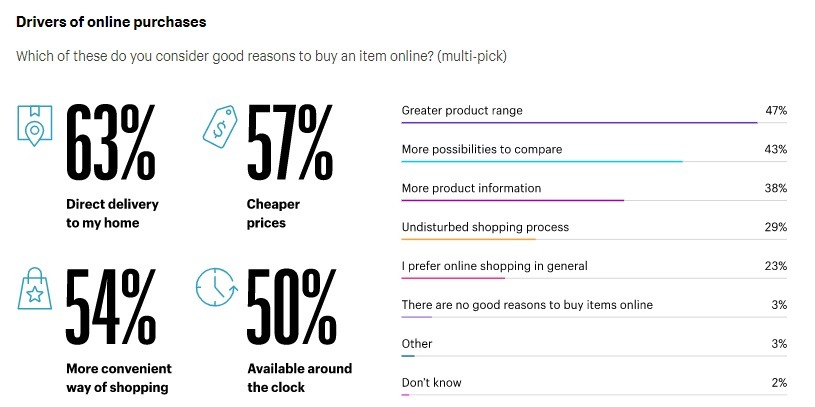
And if you think these investments in your growth will be short-lived after the worst of the pandemic is over, think again. As many as 48% said they would continue to shop online beyond the outbreak.
So what are the most significant 2021 eCommerce trends worth investigating and implementing this year, and how can you capitalize on them to stay ahead of the competition? That’s precisely what this post sets out to help you do. So grab that coffee, get settled in, and get ready – we’ve got you!
eCommerce Trend #1: Ever-Expanding AI Technologies
You are more than likely already using AI to help match shoppers to product recommendations on your site or to answer their chat questions, but in a market that is changing considerably day-to-day and month-to-month, it’s not enough. Leading research and advisory company Gartner is predicting that within the next five years “the world’s 10 largest retailers will be using AI models as the backbone of product searches and recommendations—and as a competitive edge.”
AI in 2021 is all about streamlining your business by analyzing trends in real-time and matching them to your store’s products and marketing channels; as well as your shoppers’ and potential customers’ site behavior – to not only help them find the right products at the right time for the right price but also assist you with finding potential customers. AKA personalization.
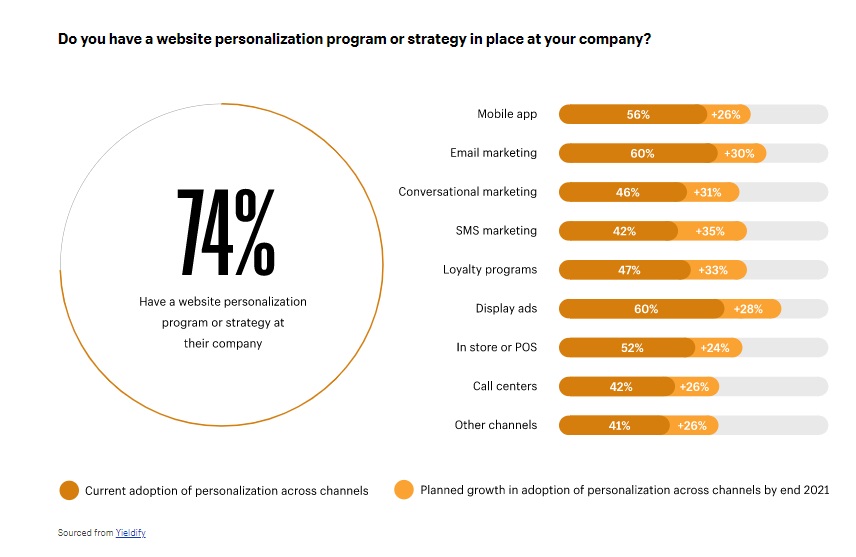
[Source: Shopify]
Here are just some of the eCommerce AI technology trends expected to expand in the coming years that you can take advantage of to stay ahead of your competitors – and some solutions, apps, and tools available to implement them.
- Putting aside the moral debates around facial recognition, it does offer some exciting applications for omnistore brands. The same AI facial recognition tech that allows stores to track shoplifters is now branching into remarketing, enabling stores to use facial recognition to capture in-store behavior and then remarket customers. In other words, if a shopper hangs around a product in-store (measuring dwell time) but doesn’t buy, the store could theoretically run online ads remarketing these customers with specific product offers.
- AI is now allowing for more customer-centric searching using new natural language processing as well as advanced image and video recognition that matches product size, color, shape, material, or even brand. Clarifai offers a host of eCommerce AI solutions including optimized product search and discovery.
- AI-based eCommerce personalization allows brands to correlate data from all customer touchpoints and then personalize their experience on any channel. In other words, creating a universal customer experience regardless of whether that customer is engaging with your brand on email, mobile, website, shopping app, or even text marketing. There are a few companies offering this kind of AI personalization solutions, including Zeta Global.
- Another growing AI trend is the implementation of built-in personal shoppers. Until recently, it was only bigger retail stores, like H&M or Sephora, that were capitalizing on this tech; but it has become more popular and mainstream, and more independent online stores are embracing this AI trend. These are traditionally chatbots that answer product-related questions, make recommendations, provide order information, send reminders, etc., but they are getting more and more detailed. Some popular tools include Motion.ai, Bottr, and Flow XO – which vary in price and capabilities.
eCommerce Trend #2: Increasingly Flexible Payment Options and Tools
Another trend that has increased exponentially with the rapid growth of online shopping during 2020 is payment options. With more shoppers and more competition, there has been a dramatic increase in payment choices.
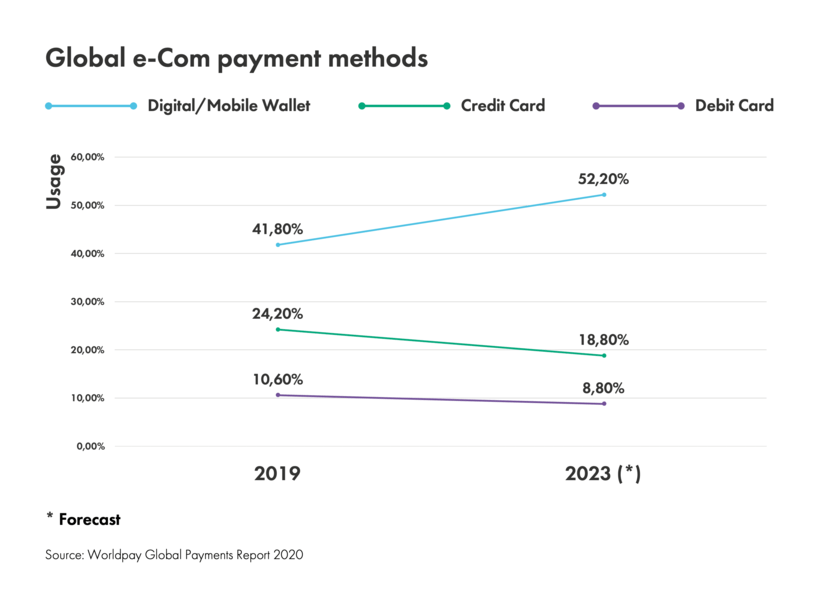
However, this doesn’t just mean changes in how customers are paying for products (digital currency vs. wallets vs. credit cards), but also when they are paying for products and how they plan on splitting that payment.
Concepts like Buy Now Pay Later (BNPL) – offered by apps like Afterpay and allowing installment options for online shopping – are growing in popularity across the eCommerce sector. Including newer, more popular payment options is one of the key ways to improve your store’s cart abandonment rates and overall customer experience.
Another growing 2021 payment trend expected in eCommerce is shared payments. This is already well-established in food and travel apps such as Gett, where payments can be split amongst various parties and easily implemented with apps such as Split Partial Payments.
In a nutshell, the more flexible your payment options are, the more you will be able to one-up your competitors and capitalize on growing payment trends.
eCommerce Trend #3: Sustainability Will Drive Brand Popularity
More and more shoppers are looking for brands that they perceive as being ‘green’ or environmentally sustainable. And after 2020, this customer trend is snowballing.
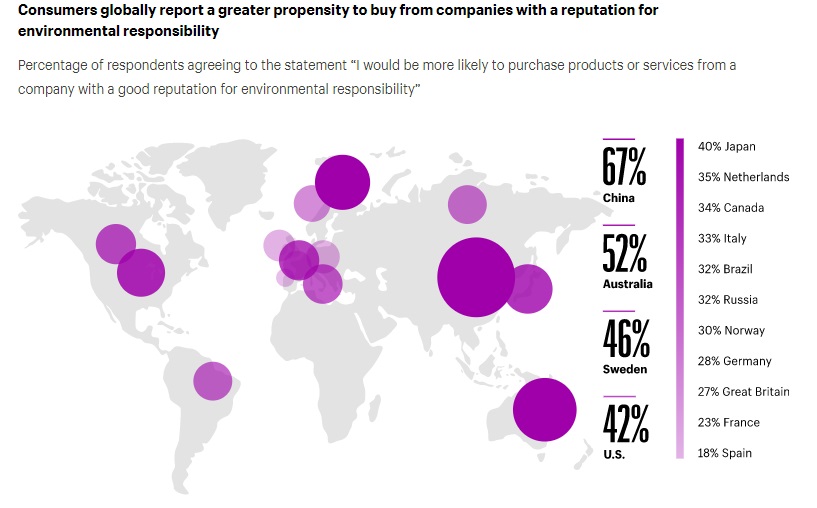
[Source: Shopify]
As we have already seen over the last couple of years, it’s not enough to just have a good product. You need to appeal to consumers looking for brands that align with their own values – and sustainability is definitely top of the list – and they are even willing to pay more for it!
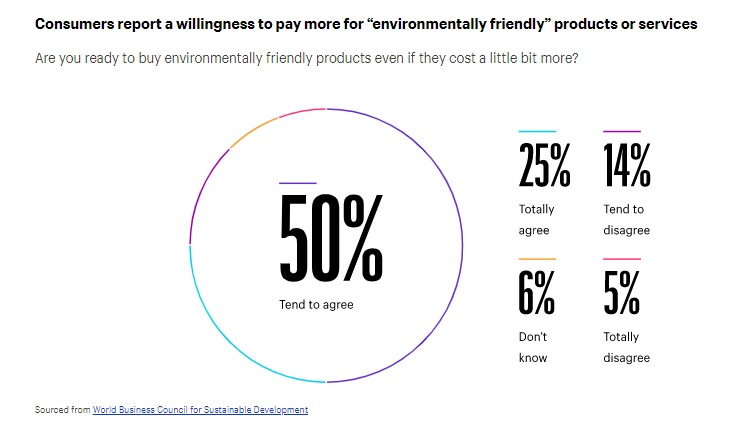
If you want more proof, look no further than the OG of eCommerce trends, Amazon, who made the promise to bring their carbon emissions to nothing by 2040.
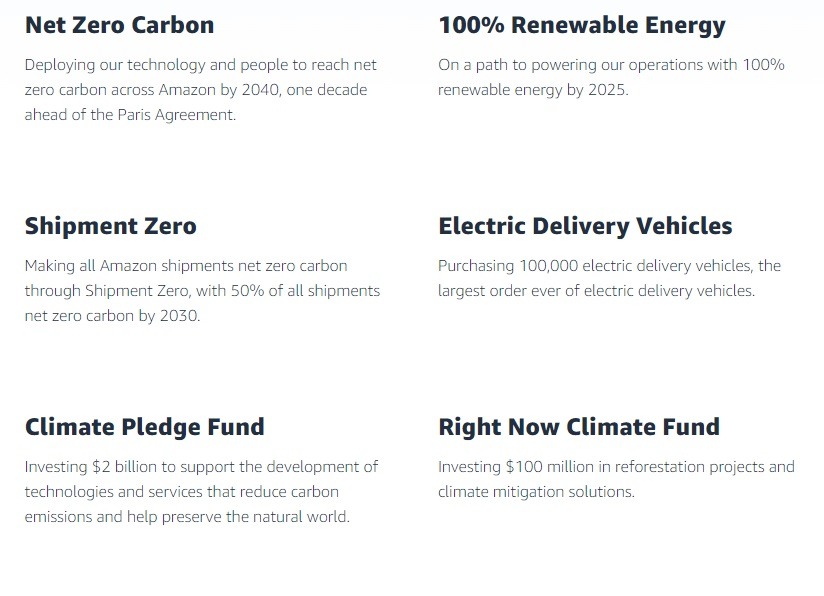
So, how can you make your eCommerce store more sustainability-conscious in 2021? Here are some ideas to get you started:
- Get creative with implementing eco-friendly packaging solutions.
- Offer digital receipts, even if you sell offline.
- Implement sustainable shipping or partner with sustainability-conscious fulfillment services.
- Look for more eco-friendly products to add to your catalog.
- Take a strong stand, as your brand, on the environment and have a clear sustainability goal.
- Look at creating reCommerce marketplaces for your products.
This brings us to the next trend.
eCommerce Trend #4: ReCommerce is Predicted to Hit All-Time Highs
If you have been following our blog closely, you will remember we touched on this new eCommerce trend in August when we highlighted the winning online clothing store Beyond Vintage. This store is a prime example of capitalizing on the growing demand for sustainable online brands and reduced carbon footprints – with reverse commerce (reCommerce).
Also known as second-hand commerce, reCommerce is set to go mainstream in 2021. Surprisingly, it’s more than lower prices that drive consumers to the second-hand market; reCommerce appeals to a sustainable lifestyle choice. Let’s look at some of the stats.
According to GlobalData’s 2019 Annual Resale Report, Gen Z and people under 40 have the highest growth rate for reCommerce, leading the search for second-hand products; Coresight forecasts the US apparel resale market will be worth $33 billion in 2021. Currently, the most popular second-hand products include vintage clothing, designer handbags, electronics, books, video games, brand name fashion clothing, and shoes. This means online thrift stores like ThredUp are soaring at the moment.
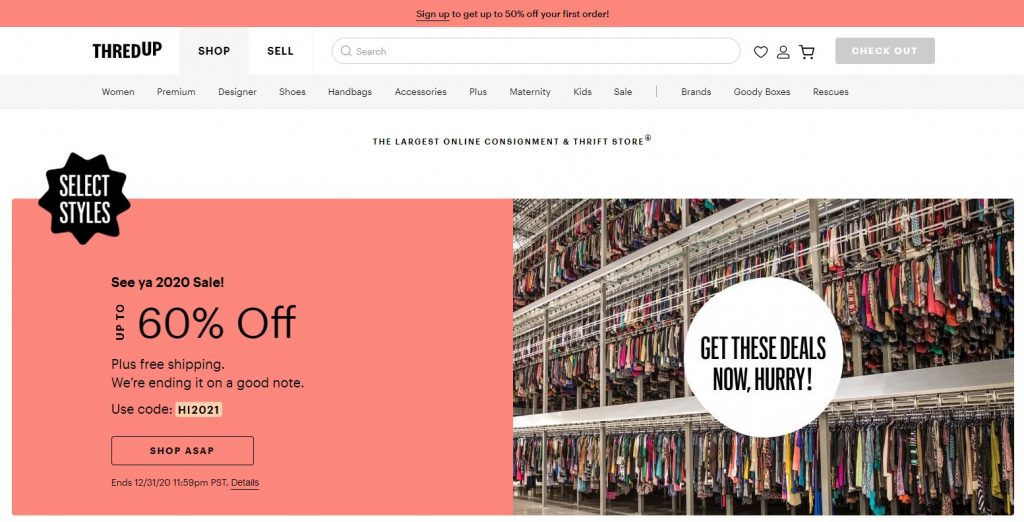
But how can mainstream eCommerce stores capitalize on this 2021 trend while also recouping costs on returned products? By adding a reCommerce section to your store, allowing you to resell items at discounted prices and clear out stock quickly. You could then include your customers by buying back older products when they purchase new versions on your store – as a discount on a new sale – which you could then sell in your second-hand reCommerce section.
eCommerce Trend #5: “Support Local” Trends
Another sky-rocking trend resulting from the pandemic is shoppers’ increased desire to support their local communities. At first glance, this may seem like it will harm rather than help eCommerce brands who are not selling off- and on-line. However, it’s an opportunity for you to get involved on a community level by partnering with local businesses and/or supply chains in your area and segmenting your marketing to create more of a community feel for your brand. It also means shoppers are looking beyond what they perceive as big retail brands and looking for smaller, more boutique stores that give them a sense of community.
Here are some ways you can use Shop Local trends for your eCommerce brand in 2021:
- Promote your store brand in local neighborhoods and partner with local businesses. An example would be to use social media trends like Takeover Tuesday to highlight a local small business owner, related – but not in competition with – your niche.
- Communicate with potential shoppers and loyal customers in local, smaller-segmented groups.
- Include user-generated content from different segments to make your brand appear more local.
- Create niche-related community groups, segmented by locations or neighborhoods.
eCommerce Trend #6: Fulfillment Automation and Options Become Competitive Advantage
One of the biggest disruptions of 2020 was to fulfillment – experienced offline, online, by omniretailers, and affecting almost every niche.
To put it in numbers, large fulfillment center demand increased by a whopping 51%, with many businesses having to think quickly to meet customer shipping expectations while dealing with increased costs. Even offline stores saw a 40% increase in shoppers preferring curbside pickup over in-store during the pandemic, with over 100k global brands introducing curbside pickups during the peak of lockdowns alone.
Shopify Case Study
Here’s a Toronto-based example of how brands that quickly pivoted during 2020 with delivery options were able to shine. Molson Coors Beverage Company offered both local pickup and delivery choices that shoppers could choose from. Previously an offline business, they launched their online store in just ten days, resulting in a 152% increase in orders.
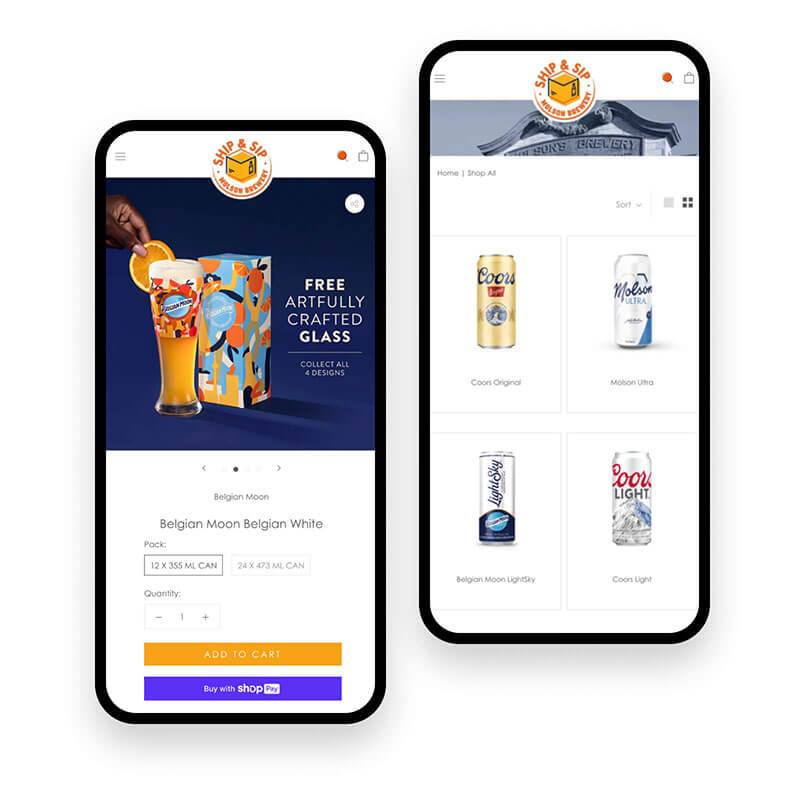
So what does this mean for 2021? Fulfillment options are becoming an essential part of eCommerce brands’ overall customer experience and delivery automation is once again front and center to innovation. Like with all other aspects of customer experience, personalization will play a key role and the more options you offer on your store – either for customers to choose or with automation tools that pick the best solution for them based on data – the better.
In a nutshell, in 2021 it’s all about personalization and supply chain streamlining while trying to navigate rising costs. Here are a few ways you can do just that:
- Offer local delivery. Quicker than traditional shipping, eCommerce brands and omnistores can opt for adding local delivery from headquarters or warehouses. Not only does that provide more work opportunities for teams, but gives brands more control and personalization at a local level.
- Automate inventory management. Good inventory management and automation enable online stores to anticipate demand and ensure fulfillment centers are stocked up in real-time – saving time and reducing costs. Tools like QuickBooks offer demand forecasting and automation.
- Outsource fulfillment. If you can’t streamline your in-house fulfillment, it’s time to opt for 3PL services that will give you access to companies that implement the latest fulfillment trends and technologies.
- Turn ‘dark stores’ into fulfillment popups. Dark stores are open retail spaces and offer eCommerce stores a way to provide local popup spaces for click-and-collect strategies and/or create local fulfillment centers.
- Optimize returns. Lastly, don’t forget that returns should be as streamlined as your fulfillment. By automating your returns with tools such as Return Magic, you can make the return process easier.
eCommerce Trend #7: Omnichannel Selling Goes Mainstream
Omnichannel selling is not new to giant retail stores that introduced online shopping. However, many eCommerce brands are expected to go from an online store to omnichannel brand in 2021. Previous trends we mentioned above, such as turning ‘dark stores’ into fulfillment popups to capitalize on click-and-collect and Support Local trends, are significant contributors to this move. However, omnichannel doesn’t just mean selling offline. It means varying your channels online.
The bottom line is that stores wanting to dominate in 2021 should be selling on a variety of channels – channels where their customers hang out. This means you should be unifying your customer and product data to personalize shopping experience, prioritizing fast, streamlined mobile shopping, and consider third-party marketplaces such as Facebook Commerce.
Headless commerce, which Shopify explains as “architecture that underpins a commerce solution—it’s the decoupling of the front-end customer experience from your back-end technology infrastructure,” is designed to offer brands the flexibility that allows them to extend shopping into any customer experience, on any device or platform.

You can also convert physical experiences into virtual ones by integrating AR (which is definitely mainstream by now), turning traditional shopping into a more integrated experience such as capitalizing on the DIY trends of the pandemic and selling parts or pieces of products that customers can put together. The options are endless. Here’s another Shopify example, Knix, who created a service whereby customers could book a virtual fitting – a 20-minute online consultation to talk about how to take their measurements accurately to find the right size and fit – and hosted a virtual warehouse sale during the peak of the pandemic.

[Source: Shopify]
eCommerce Trend #8: Customer Experience and Retention To Take a Front Seat
As we mentioned in the intro of this post, 2021 is going to be all about upgrading shopping experiences to help brands stand out from the booming online shopping market. It’s really not enough anymore to send generalized marketing emails and transactional notifications. Everything needs to be personalized and aimed at turning a shopper into a long-term loyal customer, not just making one sale. To do this, you need to be staying on top of new customer service and CRM tools and technologies and investing in them in a big way in 2021. And yes, treating your CRM strategy as not just an excellent way to answer questions, but as a marketing tool at each and every stage of a shopper’s journey; your top priority in 2021 should be retention.
There are several ways you can build and retain loyal customers in 2021. Here are a few ideas to get you sharted:
- Upgrade your loyalty programs. Building a good loyalty program with VIP benefits and meaningful rewards that integrate with checkouts and point-based memberships can go a very long way toward turning once-off shoppers into loyal customers.
- Identify and focus on your most valuable customers. Find your biggest or most frequent spenders from 2020, map their journeys, and prioritize investment in personalized promotions and remarketing for these segments – turning them into lifetime value customers.
- Offer subscription services to your high-value shoppers. By identifying high-value shoppers and staying on top of their buying habits, you will be able to not only predict before they buy again (and then target them) but also offer subscription refills.
Shopify Case Study
Online lingerie and nightwear brand ThirdLove is a good example of a brand capitalizing on lifetime value customer segmentation. Using personalized promotions and reward program tiers, they increased their revenue by 347% and have a customer return rate of 62% year over year.

eCommerce Trend #9: The Rise of Personalized Pricing
Another 2021 eCommerce trend that isn’t new but expanding in a big way is dynamic pricing. If you’re unfamiliar with dynamic pricing, this is where brands use AI to dynamically determine and change pricing in real-time – based on customer and competitive data – to offer an optimum price to the right customer at the right time. This, in turn, improves conversion rates and maximizes profit potential.
The best way to take advantage of this trend is by automating promotions and shipping costs in your checkout process. Examples would be special offers for shoppers who buy additional products, upsell promotions from checkout pages, or notifying shoppers that they need to spend x amount more to take advantage of free shipping. You can read more about these and other cart and checkout optimization hacks here.
In short, the more personalized your shopping experience is in 2021 – and this absolutely includes pricing – the better!
eCommerce Trend #10: The Rise of Shoppable TV
Lastly, let’s look at a trend that is not mainstream quite yet but worth keeping an eye on in 2021 – and that is shoppable TV. This future shopping technology will allow potential customers to shop right from their favorite shows.

First introduced by NBCUniversal and then Amazon’s Making The Cut (hosted by Heidi Klum and Tim Gunn) and now integrated into Smart TVs like Samsung ads, shoppable TV trends and technology is expanding and definitely worth watching closely to see how it progresses.

There have been many consumer complaints about the invasiveness of ads on Smart TVs and during streaming online and in forums such as Reddit – clearly, it’s got some kinks to iron out. But like all new ad platforms, it’s normal for a little blowback. For now, we don’t recommend investing in these ads just yet, but it’s essential to see how they will progress over the next year.
—
There you have it, the 2021 eCommerce trends to test for your online store-brand this year to out-sell and -shine your competitors. As you can see, the overall theme for 2021 is personalization. Whether it’s the shopping experience, new products, or marketing promotions, you need to go back to your segmentation and use new technologies and apps to narrow down your focus

Nicole Blanckenberg
Nicole is a content writer at StoreYa with over sixteen years experience and flair for storytelling. She runs on a healthy dose of caffeine and enthusiasm. When she’s not researching the next content trend or creating informative small business content, she’s an avid beachgoer, coffee shop junkie and hangs out on LinkedIn.
Comments
comments
Powered by Facebook Comments


![[New Forrester Report] The 2021 Holiday Planning Guide](https://technobabble.com.au/thegatewaynetau/wp-content/uploads/sites/11/2021/08/new-forrester-report-the-2021-holiday-planning-guide.jpg)

